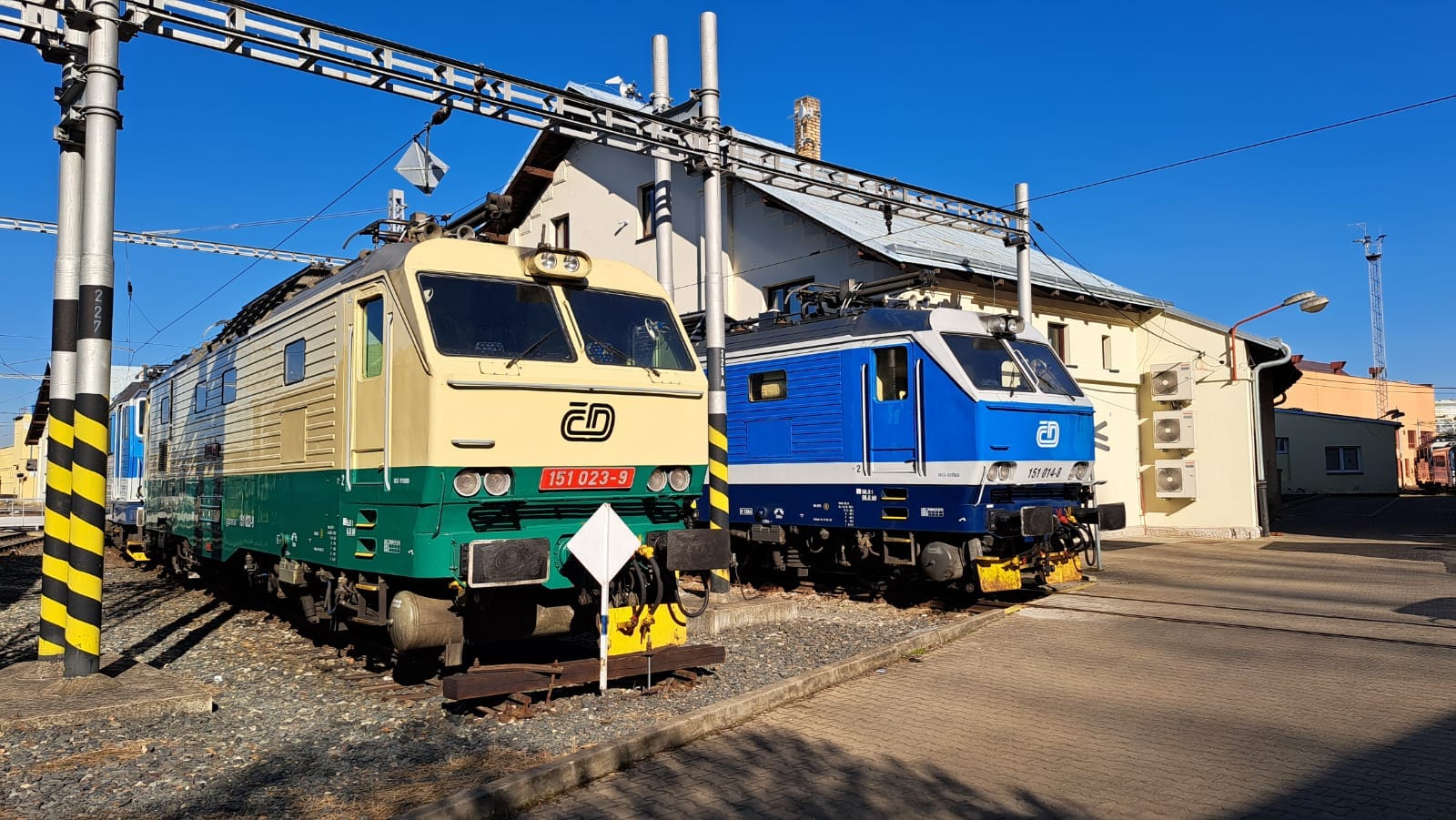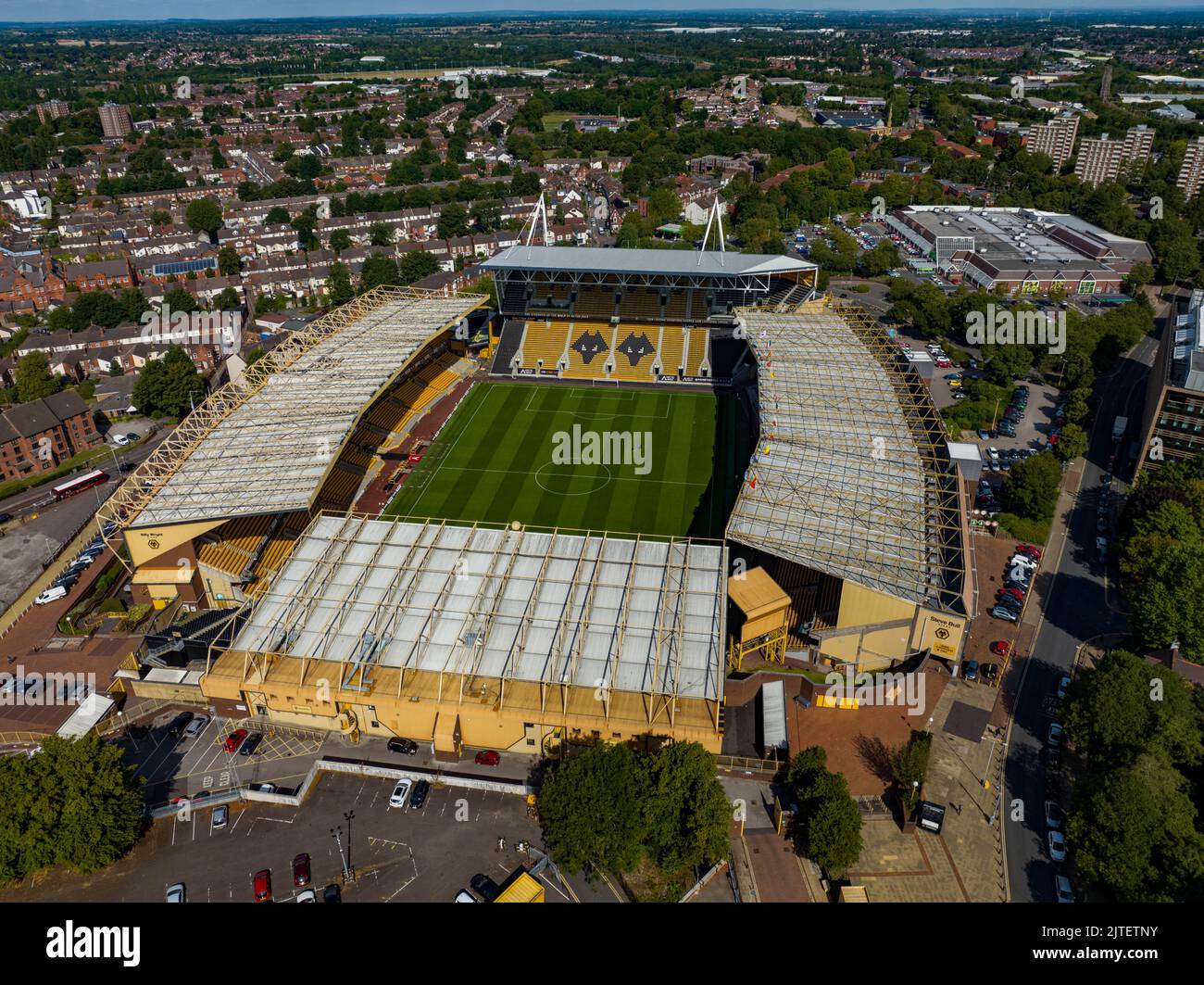
Introduction
Prague, the capital of the Czech Republic, is a city that beautifully blends rich history with modern vibrancy. Renowned for its stunning architecture, majestic castles, and lively culture, Prague attracts millions of tourists each year. As travel picks up following the global pandemic, understanding the current developments in this enchanting city becomes increasingly relevant for those planning a visit.
The Allure of Prague’s Architecture
One of the major draws of Prague is its architectural diversity, which ranges from Gothic and Baroque to Renaissance styles. The iconic Charles Bridge, completed in the early 15th century, is a perfect illustration of Gothic architecture, offering breathtaking views of the Vltava River and the surrounding historic cityscape. Furthermore, the Prague Castle, a UNESCO World Heritage Site, is not only the largest ancient castle in the world but also serves as a symbol of the city’s royal heritage.
Cultural Events and Festivals
Prague is bustling with cultural activities, especially in autumn and spring when various festivals celebrate music, art, and theatre. The Prague Spring International Music Festival, held annually in May, showcases outstanding classical music performances from renowned local and international artists, further contributing to the city’s artistic reputation. Additionally, the Czech Beer Festival, which takes place in May, highlights the country’s brewing traditions and offers a plethora of locally crafted beers to sample.
Impact of COVID-19 on Tourism
Like many other tourist destinations around the world, Prague faced significant challenges during the COVID-19 pandemic, struggling with a drastic decline in visitors. However, as restrictions have eased, the city is witnessing a gradual recovery in tourism. In 2023, the local government has implemented various initiatives promoting sustainable tourism to ensure that visitors can enjoy the city while preserving its cultural heritage. New measures include guided tours that focus on lesser-known parts of the city, aiming to disperse crowds during peak tourist seasons.
Conclusion
Prague remains an essential destination for those interested in history, culture, and architecture. With the gradual recovery of tourism, visitors can look forward to rediscovering its magical streets, charming cafés, and vibrant arts scene. As the city continue to adapt and innovate in its tourism strategies, the future looks promising for both the local economy and the visitors exploring the rich traditions of Prague. Whether you seek historical exploration or simply wish to soak in the city’s beauty, Prague offers an unforgettable experience.
You may also like

Exploring Monmouth: History, Attractions and Community

Exploring Wolverhampton: A Gateway to Culture and History
